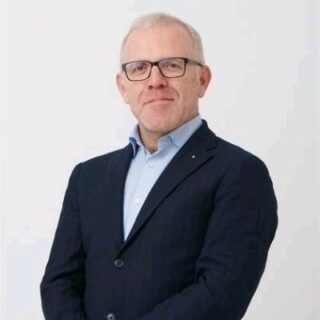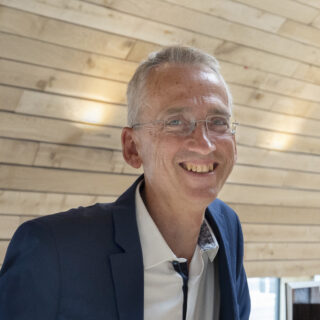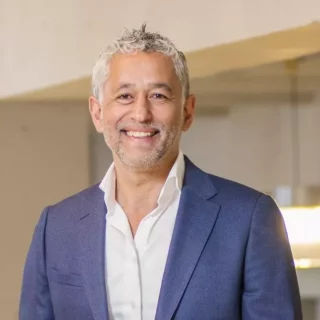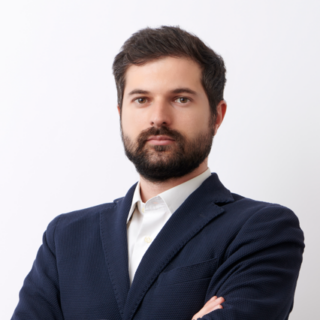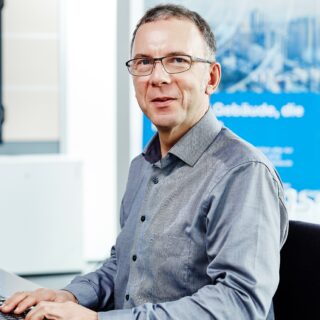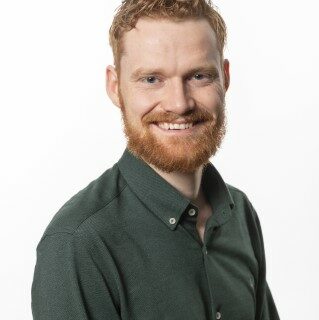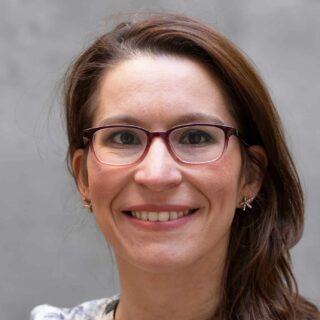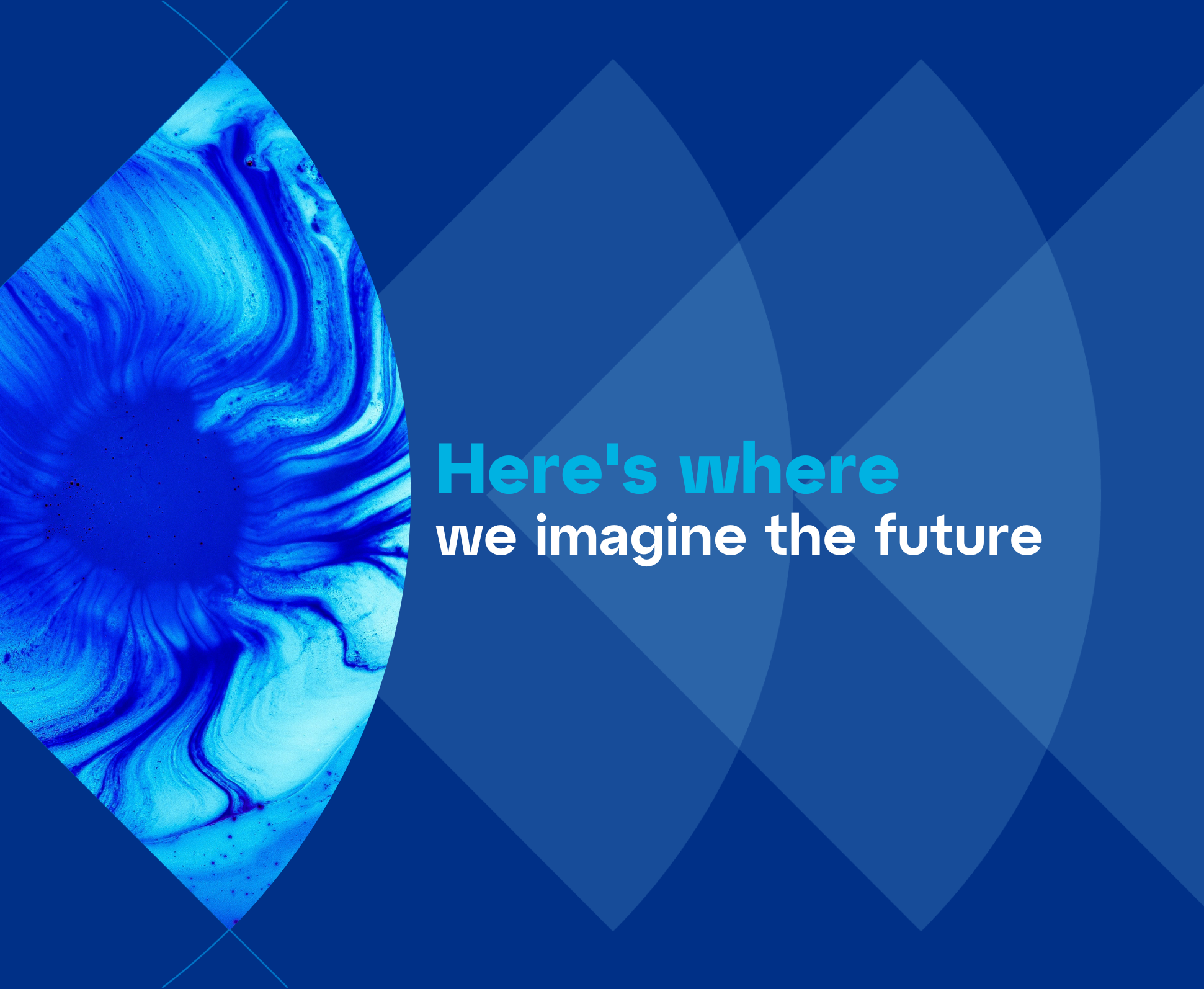
Milan, 11 September 2025 – Deerns is pace setting the transition towards cities of the future with the unique combination of advanced design and engineering, environmental analysis and circular economy strategies.
Deerns has an ambitious circular economy policy evident in several projects. Among these is its Italian headquarters in Monterosa 91 in Milan. Every choice – from transport and storage through to disassembly and reuse – is guided by the principles of zero waste, logistical efficiency and the reduction of CO₂ emissions.
" Deerns’ integrated approach goes beyond passive sustainability. It is one of the few companies to consistently include a multi-actor circular consultancy in its service offering, involving donors, intermediaries, movers, contractors and end users.
Mattia Mariani, Unit Director Building Performance Group at Deerns says, “What does a sustainable building or city mean today? While the core principles remain the same, the objectives, technologies, and strategies have evolved. To truly achieve sustainability, we must link today’s challenges with the needs of future generations.”
Resilient design and material regeneration
Deerns uses climate assessments, Computational Parametric Design (CPD), material life cycle analysis (LCA) and urban mining strategies to create low-impact, efficient buildings capable of evolving over time.
Giambattista Brizzi, Building Physics Specialist, says “Every project calls for focused, collaborative solutions. Our goal is to ensure that every design decision is well-informed, transparent, and grounded in practicality. With our “Data Driven Design” approach, we combine climate data and human input to obtain more efficient buildings.”
The goal is twofold:
- Reduce embodied carbon
- Give materials a second life
This translates into concrete actions on site including material audits in the pre-demolition phase, defining guidelines for reuse and recycling, tracing outgoing materials, collaborating with donors and recipients, calculating avoided emissions, and integrating with key environmental protocols (LEED, BREEAM, WELL, CREEM, TRUE Zero Waste).
Circular Economy: Deerns leads by example
Throughout the process of moving Deerns’ headquarters from Via da Silva to Via Monte Rosa, the company was committed to an ambitious policy of working within a virtuous circular economy. Discarded furniture was made available to employees, family and friends through an internal auction with the proceeds donated to charity.
Deerns’ solution for Ardian RE’s new building in via Amerigo Vespucci was even more structured, including an audit of the materials present; on-site recovery of floating floors, fire doors and sanitaryware; and off-site recovery of carpets and glass facades. Donations were then made to third sector organisations, and CO₂ emissions related to transport and disposal were monitored.
Deerns’ strategy does not stop at material recovery. In public schools in Paris, for example, the company has led the climate renovation of 10 school complexes.
Among the solutions Deerns provided were:
- Reducing hard paving to focus on permeable surfaces to support drainage
- Integrating planting and shading solutions
- Optimising sunlight exposure to regulate temperature
- Creating outdoor educational spaces.
At Schiphol Airport in the Netherlands, Deerns applied CPD using digital tools to analyse complex energy scenarios in real time. In Milan, projects such as Corso Como Place and Casa BFF demonstrate how integrating renewables through active façades or canopies can incorporate up to 1,000 photovoltaic modules into the architectural design, meeting well over 65% of the building’s energy needs.
The Future and Sustainability
According to the Germanwatch report, Italy is among the five countries in the world most affected by climate change, with over 60 billion euros in damage since 1993. Three out of four buildings are more than 30 years old and are not ready to face extreme weather events.
" Climate change, resilience and sustainability should not only address the needs of those living in buildings today, but also consider how these buildings will endure and adapt over time,
The construction sector is one of the main sources of emissions and waste production. This is why Deerns prioritises radical transformation using digital technologies, adaptive design and circular resource management.


